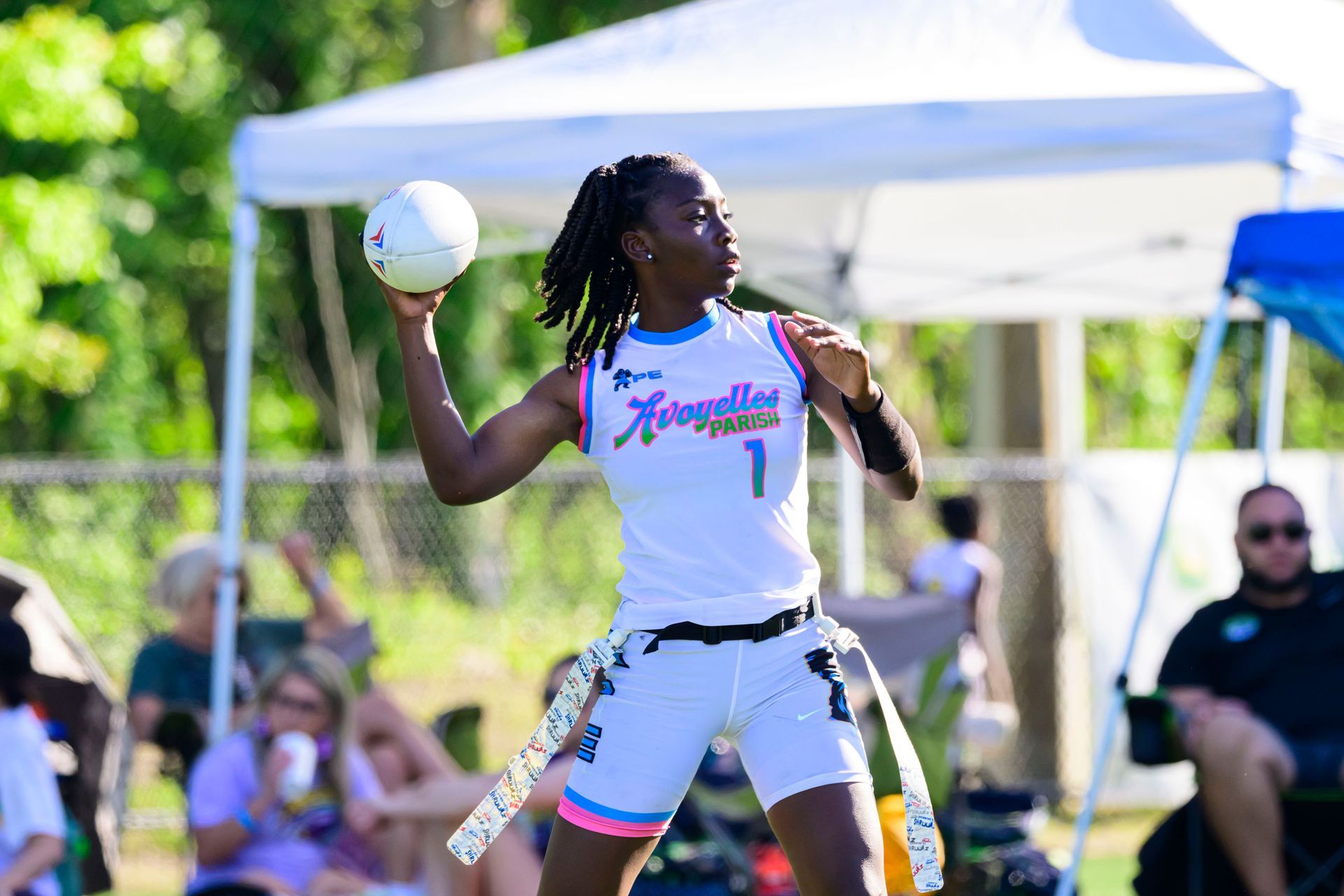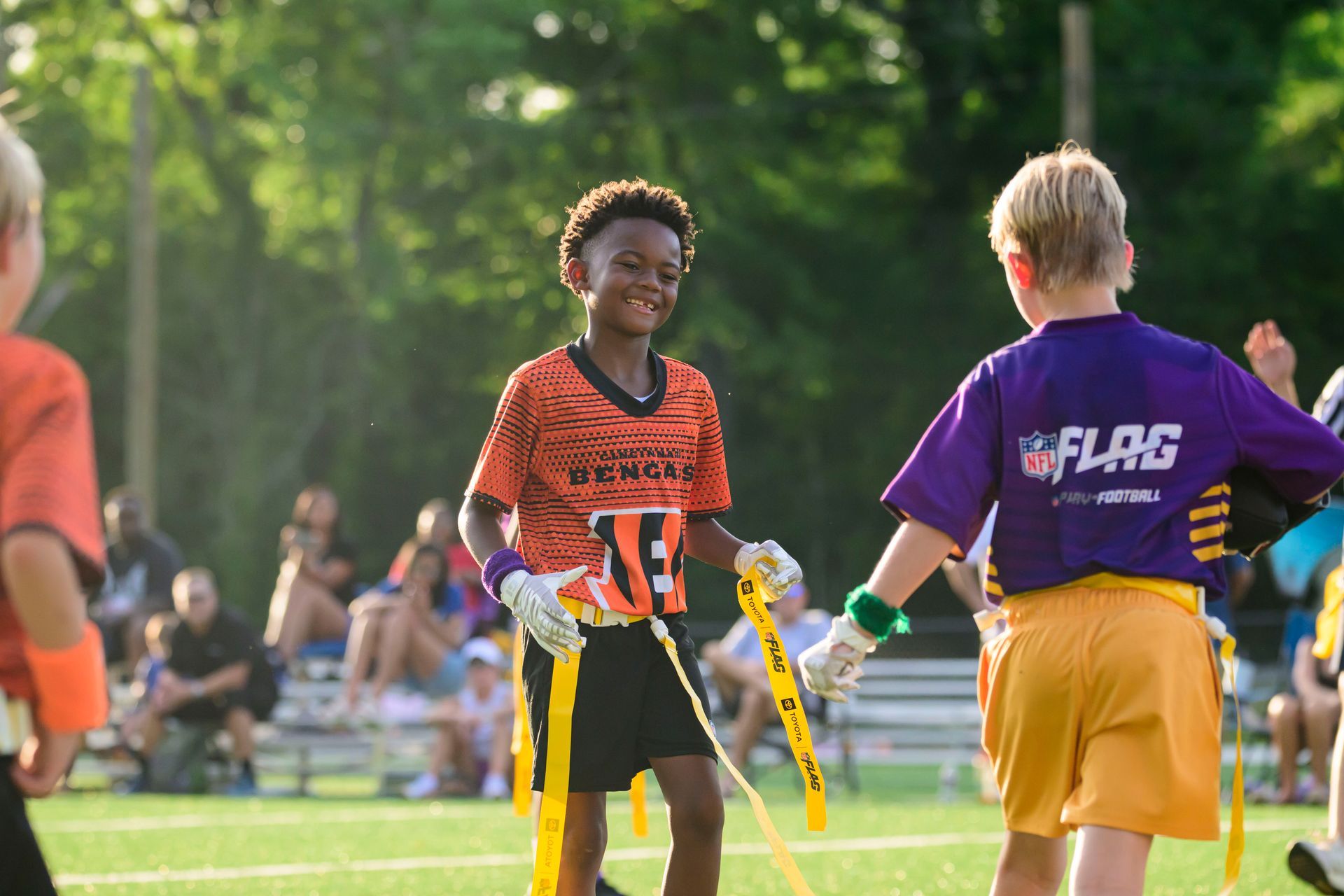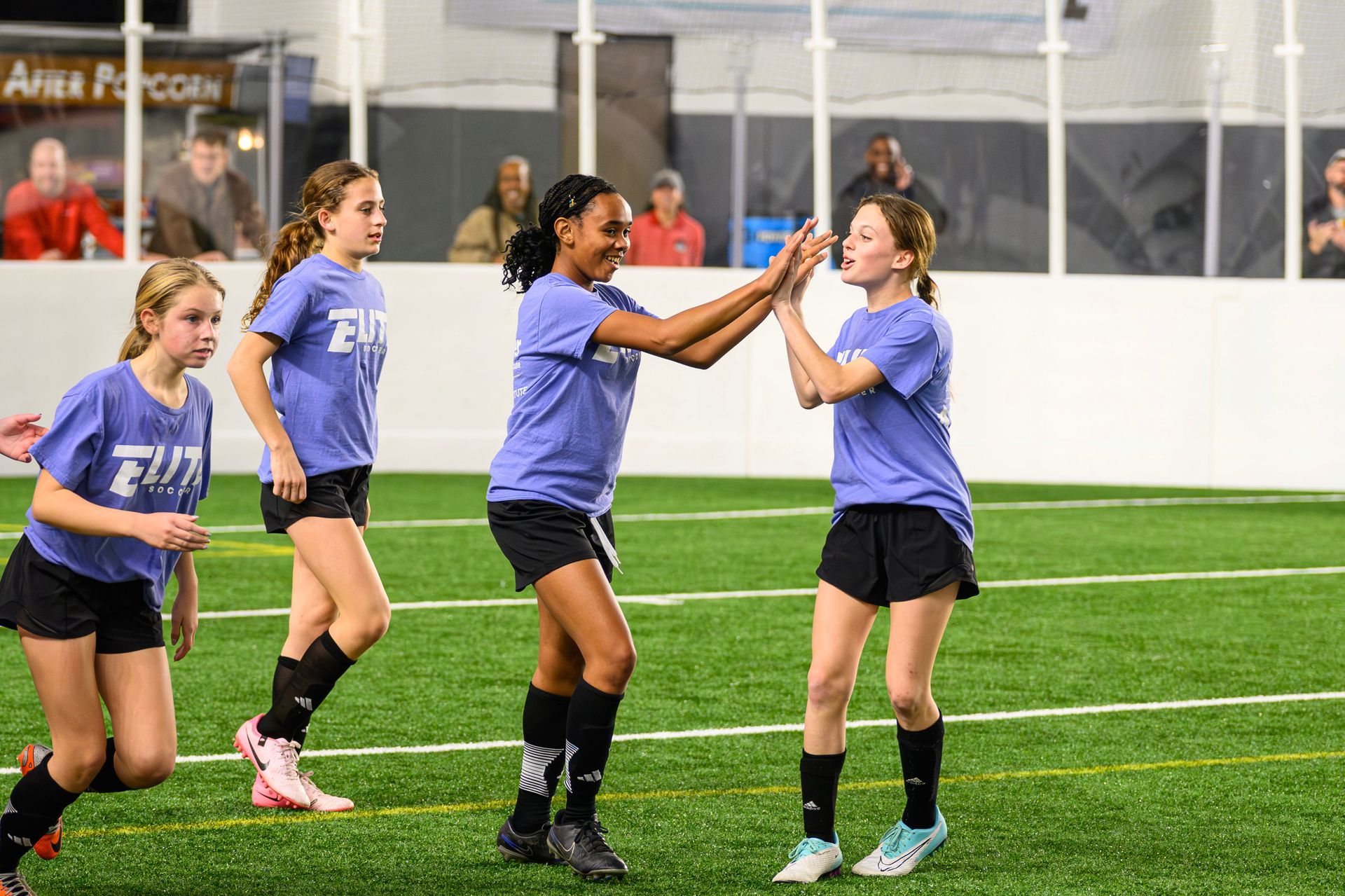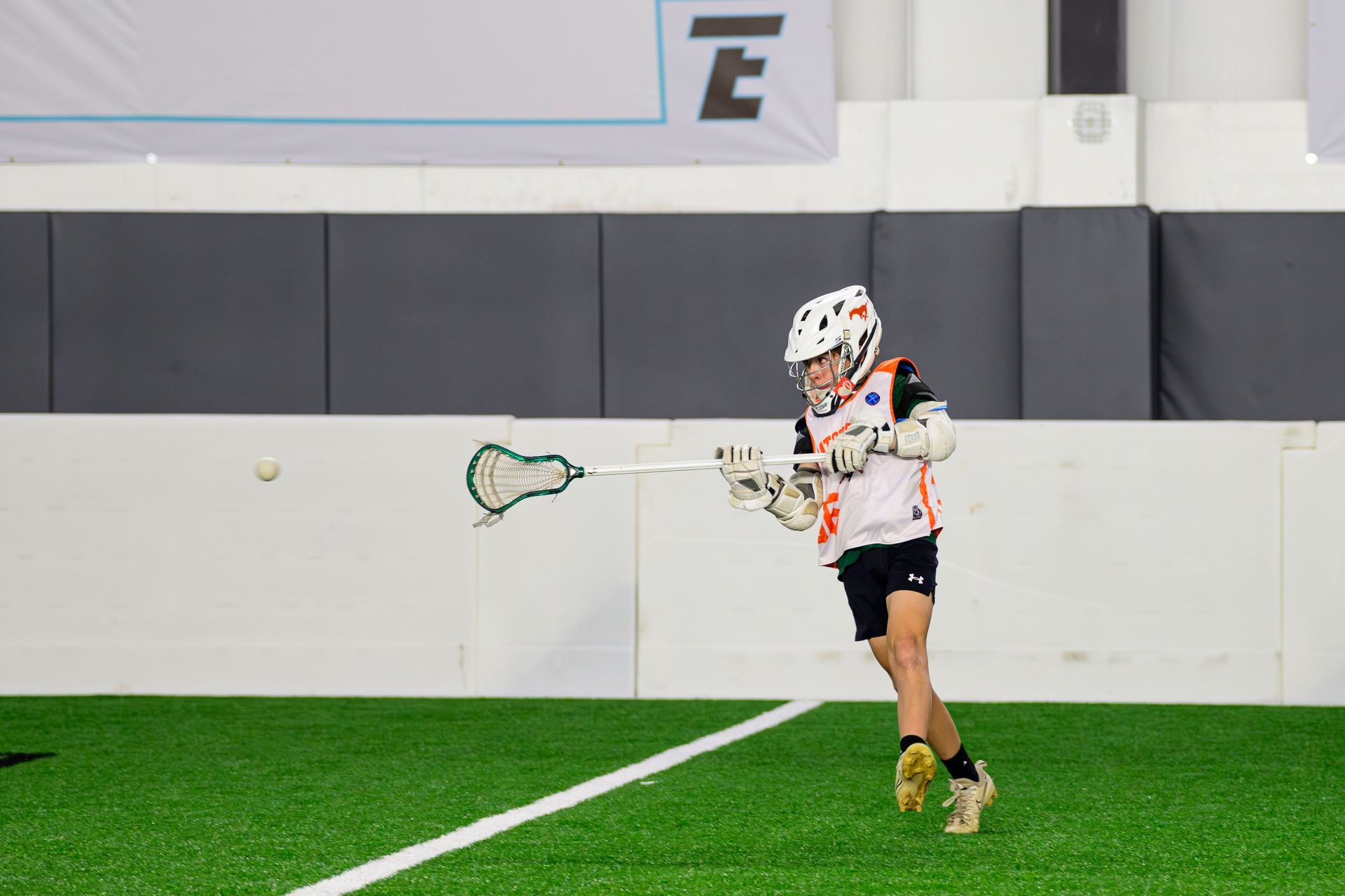Blog

Girls Flag Football: The Fastest Growing Sport You Haven’t Been Watching—Yet Flag football has long been a staple in backyard games and recreational leagues, but now it’s charging onto a much bigger stage—especially for girls. Across the country, girls flag football is gaining serious momentum, with more schools, colleges, and youth leagues stepping up to support the game. What was once an under-the-radar activity is now becoming one of the most exciting, inclusive, and empowering movements in youth athletics. A Sport Built for Speed, Skill, and Strategy Flag football is not just a “non-contact” version of tackle football—it is a fast-paced, high-skill sport. Players must rely on agility, quick decision-making, sharp route running, and precision passes. It is a game that rewards teamwork, creativity, and hustle, making it a perfect fit for female athletes of all backgrounds. Whether you are coming from soccer, track, volleyball, or no sport at all, there is a place for you in flag football. Why the Rise? A few key reasons explain the surge in popularity: Accessibility : With no need for bulky pads or helmets, more girls are giving flag football a try—and loving it. Recognition and Support : Organizations like the NFL and Nike have launched initiatives to support girls flag football at the high school level, bringing national attention and legitimacy. College Opportunities : Schools like NAIA programs and even some community colleges are starting to offer scholarships for flag football, opening doors for the next generation of female athletes. The Power of Representation Girls who play flag football today are not just participating in a sport; they are breaking barriers. They are proving that football is not just for boys and creating role models for younger generations to look up to. The sport also fosters leadership, confidence, and lifelong friendships. What’s Next? With states like California and Florida officially sanctioning girls flag football as a varsity sport—and others quickly following—there is no doubt this movement is only going to grow. As more teams, leagues, and training facilities step up to support it, the sky is the limit. At Elite Training Academy, we are proud to support the development of girls in flag football. Through leagues and training sessions we believe in giving young female athletes the stage they deserve. So, the question is not if girls flag football is going to take off, it’s Are you ready for it?
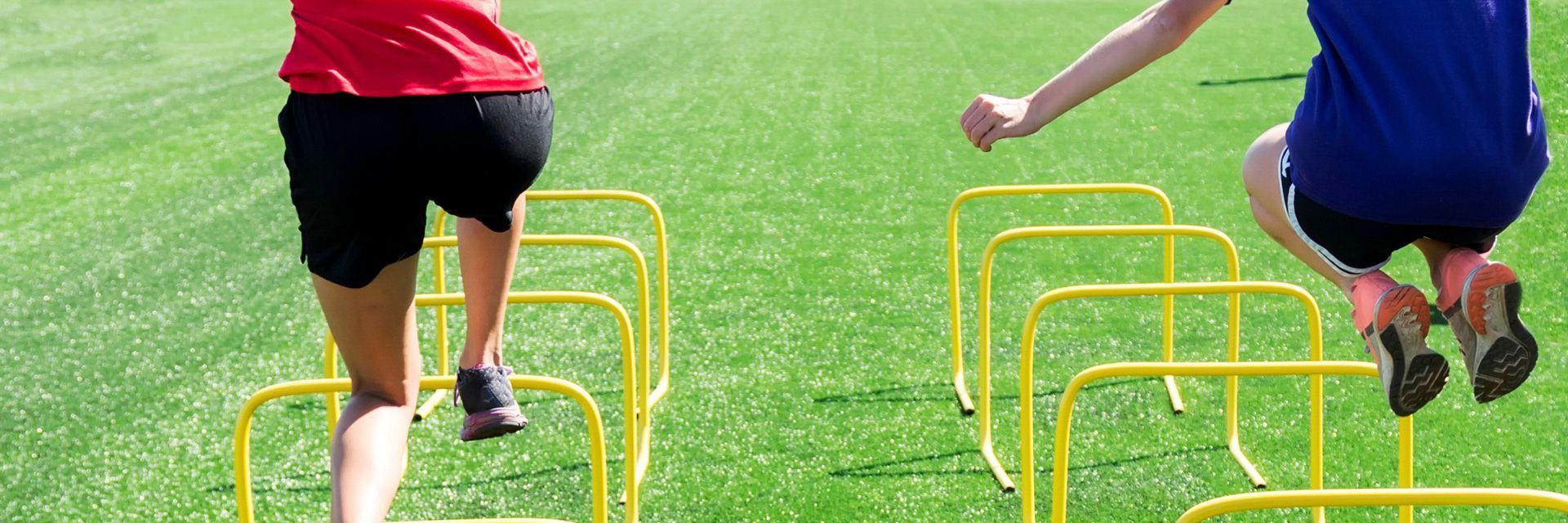
The Benefits of Speed and Agility Training for Youth Athletes: Injury Prevention and Equal Opportunity Speed and agility training has long been associated with elite athletes striving for peak performance, but its benefits extend far beyond professional sports. For young athletes, structured speed and agility exercises are not just about improving quickness—they play a crucial role in injury prevention, movement efficiency, and overall athletic development. While these training methods have historically been emphasized in boys’ sports, they are just as critical for young female athletes. When Should Speed and Agility Training Begin? Introducing speed and agility training at the right age ensures that young athletes develop essential movement skills early. For both boys and girls, foundational training can begin as early as 6 to 8 years old , focusing on fun, movement-based activities that improve coordination and balance. Around 9 to 12 years old , structured drills that emphasize proper mechanics and neuromuscular control can be introduced. As athletes reach their teenage years ( 13 and older ), more advanced drills that include plyometrics, resistance training, and sport-specific agility work become beneficial. By gradually increasing the complexity of training based on age and development, young athletes can build a solid foundation that supports long-term athletic success while minimizing injury risks. Reducing Injury Risks in Young Athletes One of the primary benefits of speed and agility training is injury prevention. Young athletes are constantly growing, and their bones, muscles, and connective tissues are in a state of development. Proper training helps them move efficiently and strengthens the stabilizing muscles that support joints and ligaments. Enhanced Coordination & Balance: Agility drills train young athletes to control their bodies in motion, reducing awkward movements that can lead to injuries. Stronger Joints & Ligaments: By strengthening the muscles around the knees, ankles, and hips, athletes are less susceptible to common injuries like ACL tears and sprains. Improved Landing Mechanics: Teaching proper landing techniques in jump training significantly decreases the risk of knee and ankle injuries. Better Reaction Time: Quick direction changes in sports like soccer, basketball, and tennis are safer when an athlete is trained to move with proper mechanics. Why Speed and Agility Training is Essential for Girls While speed and agility training is beneficial for all young athletes, it is especially important for girls. Studies have shown that female athletes are at a higher risk of knee injuries, particularly ACL tears, due to differences in anatomy and biomechanics. However, incorporating speed and agility training into their regimen can significantly mitigate these risks. Strengthens Muscles to Protect the Joints: Girls tend to rely more on their quadriceps than their hamstrings, which can lead to knee instability. Speed and agility exercises help balance this muscle engagement. Improves Neuromuscular Control: Drills that focus on body awareness and controlled movements reduce the risk of non-contact injuries, which are common in young female athletes. Boosts Confidence & Performance: By enhancing athletic ability, speed and agility training empowers young girls to feel more confident in their skills and compete at higher levels. Conclusion Speed and agility training is an essential component of youth sports development. Not only does it improve athletic performance, but it also plays a vital role in injury prevention, particularly for young female athletes who may be at higher risk for certain injuries. By integrating structured training into youth sports programs, coaches and parents can help young athletes move more efficiently, stay injury-free, and build the confidence they need to excel in their sport—regardless of gender.
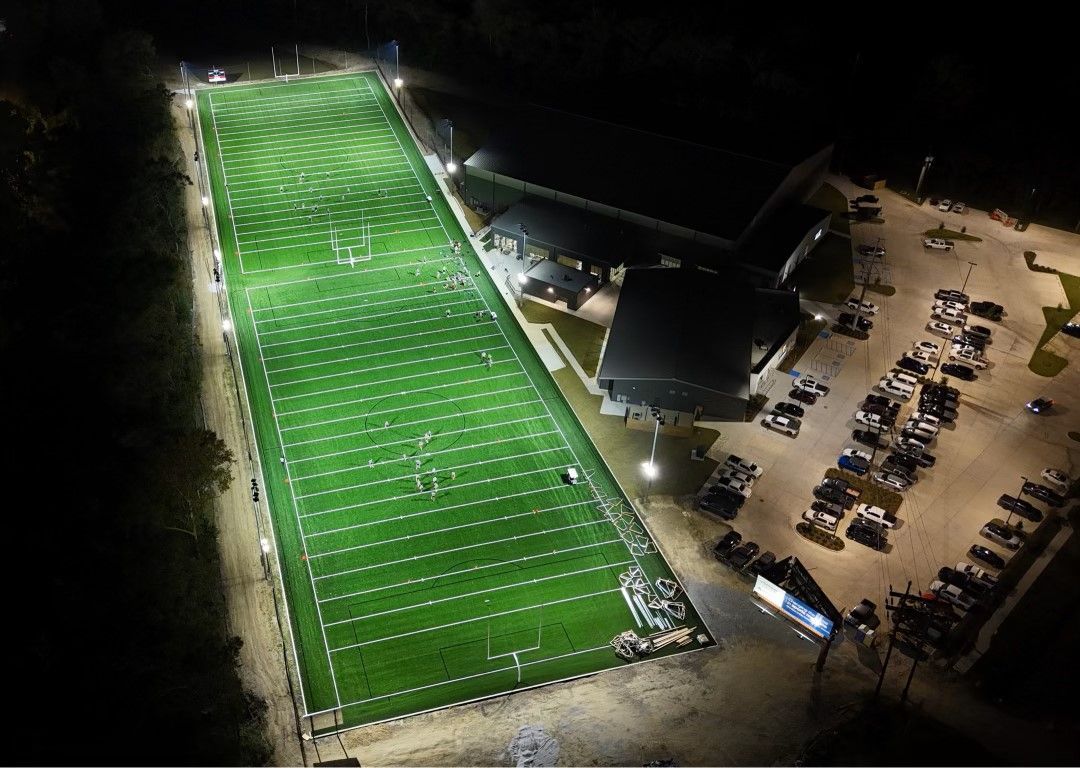
Why the Right Training Facility Matters in Youth Sports The Foundation of Athletic Success Every parent wants to see their child excel in youth sports, whether it's soccer, football, basketball, gymnastics, volleyball or any other discipline. While talent and dedication play a significant role, the training facility where young athletes practice can make all the difference. A well-equipped, safe, and professional environment fosters skill development, confidence, and long-term success. Key Factors of an Effective Youth Sports Training Facility 1. Safety and Injury Prevention A high-quality facility prioritizes safety. Proper flooring, well-maintained equipment, and trained staff help minimize injuries. Look for facilities with padded surfaces, proper lighting, and certified coaches who understand youth biomechanics. 2. Access to Professional Coaching The best training facilities employ experienced coaches who specialize in youth development. These experts understand how to nurture young talent, focusing on technique, strategy, and personal growth while fostering a positive learning environment. 3. State-of-the-Art Equipment and Resources Modern training centers provide top-notch equipment tailored to young athletes. Advanced training tools, strength-conditioning areas, and sport-specific resources help enhance performance while keeping workouts engaging and effective. 4. A Supportive and Motivating Atmosphere A good facility isn't just about equipment, it’s also about the culture. A positive environment encourages teamwork, sportsmanship, and discipline. Young athletes thrive when they feel motivated, supported, and part of a community that shares their passion. 5. Convenient Location and Accessibility For busy parents, location is a major consideration. A great training facility should be easily accessible, offering flexible scheduling and programs that accommodate school and family commitments. How the Right Facility Impacts Your Child’s Development Investing in a top-tier training facility sets the stage for long-term success. Young athletes not only develop their skills but also build confidence, resilience, and a love for their sport. The right environment fosters dedication and helps prepare them for higher levels of competition, including scholarships and professional opportunities. Finding the Best Youth Sports Training Facility When choosing a facility, parents should consider safety, coaching quality, equipment, and the overall atmosphere. Reading reviews, visiting in person, and talking to other parents can help in making an informed decision. A top-notch training facility is more than just a place to practice, it’s a steppingstone to success. By providing young athletes with the right resources and support, parents can help their children reach their full potential in sports and beyond. Looking for the Best Training Facility Near You? If you're searching for a high-quality youth sports training center, start by checking out local programs with certified coaches, modern equipment, and a strong reputation. Investing in the right training facility today can make all the difference in your child’s athletic journey!
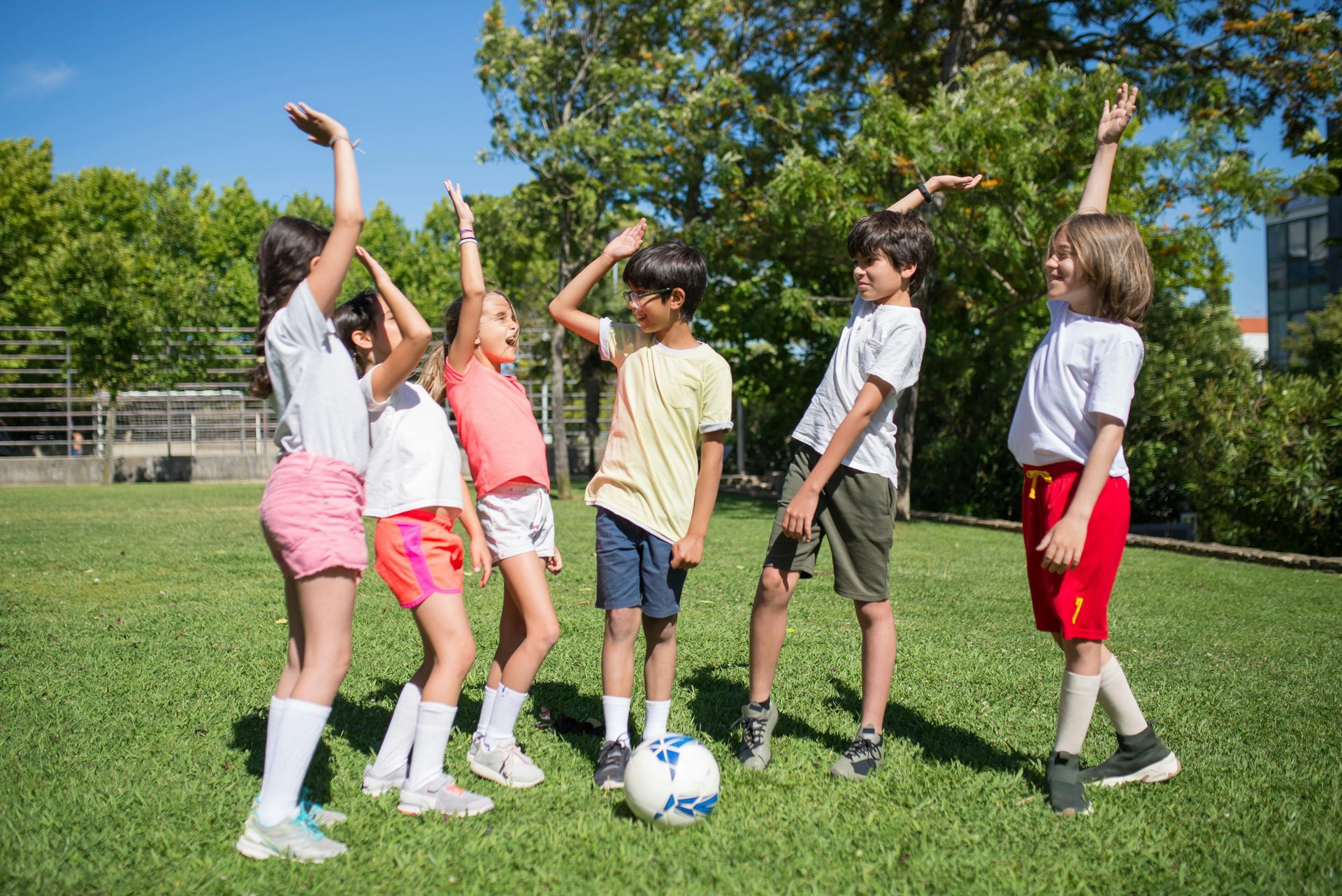
Looking for a way to keep your kids active and engaged during the summer? Sports camps offer more than just athletic training—they provide valuable life skills, social connections, and networking opportunities that can benefit your child in the long run.
From improving physical and mental health to teaching discipline, teamwork, and perseverance, sports camps help kids grow both on and off the field. They also offer a chance to explore niche sports, train with professional coaches, and build friendships that last a lifetime. Whether your child dreams of a sports career or simply wants to have fun and stay active, a sports camp is a great way to make the most of summer.
Read full article - https://www.fotoolog.com/what-sports-camp-can-do-for-your-kids/


